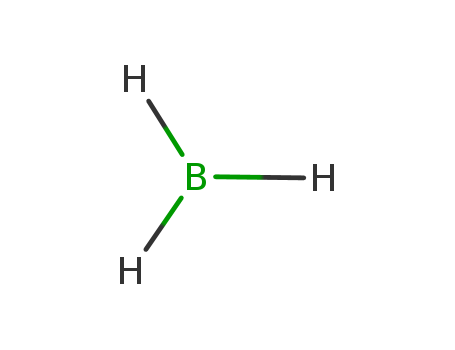10.1002/anie.200801675
The study provides conclusive evidence for an SN2-Si mechanism in the B(C6F5)3-catalyzed hydrosilylation of carbonyl compounds, which has implications for the related hydrogenation reactions. The researchers used a silane with a stereogenic silicon center as a stereochemical probe to investigate the transition state in the B(C6F5)3-catalyzed hydrosilylation of prochiral acetophenone. They found that the reaction proceeds through a concerted SN2-type displacement at silicon, involving a four-centered cyclic transition state, rather than through a free silylium ion intermediate. This mechanistic understanding is significant for the development of catalytic asymmetric approaches and could guide the design of novel processes in synthetic chemistry. The study also suggests that the efficiency of such reactions may depend on the asymmetric induction of a chiral nonracemic borane catalyst.
10.1016/j.tet.2010.09.009
The study focuses on the application of cationic rhodium(I) complexes with N-phosphino tert-butylsul?namides (PNSO) ligands in catalyzing [2+2+2] cycloaddition reactions. PNSO ligands, which combine sulfur chirality with phosphorous coordinating capacity, are effective in both intra- and intermolecular cycloadditions of enediynes, yielding cyclohexadiene derivatives with moderate enantiomeric excesses. The research also explores the catalyst's performance in mild conditions and short reaction times for the intermolecular cycloaddition of diynes with monoalkynes. The study concludes that PNSO ligands significantly enhance the reaction's efficiency and yield, with potential for further optimization to improve enantioselectivity, highlighting the robustness and broad applicability of the catalytic system.
10.1021/jo502623g
The study presents a novel and efficient method for the reduction of tertiary hydroxyalkylphosphine oxides to the corresponding tertiary hydroxyalkylphosphine-boranes using borane (BH3) as a mild reducing agent. This direct and stereoselective conversion is facilitated by the presence of an α- or β-hydroxy group in the phosphine oxide structure, which enables an intramolecular P≡O···B complexation. The study demonstrates that the reduction of the P≡O bond occurs with complete inversion of configuration at the phosphorus center. The method's mild conditions and high yields make it a valuable approach for the synthesis of organophosphorus compounds, particularly those that are functionalized and/or nonracemic. The research also includes the exploration of the stereochemical course of the reduction and the role of the hydroxyl group in the reduction process, providing insights into the mechanism and potential applications in organic chemistry.
10.1002/zaac.200300396
The research investigates the reactivity of the boron-carbon double bond in methyl(methylidene)boranes with various chemical species. The purpose is to explore the addition reactions of these boranes with Lewis bases, protic agents, hydridic agents, and unsaturated molecules, as well as their involvement in cycloaddition reactions. The study concludes that the boron-carbon double bond in these boranes readily undergoes addition reactions, forming a variety of adducts and cycloadducts. The products were characterized by NMR spectroscopy and, in some cases, crystal structure analysis. The research provides insights into the reactivity patterns and potential applications of these boranes in organic synthesis.
10.1016/j.molcata.2015.01.007
This research aimed to synthesize novel chiral polyethers derived from BINOL and ECH to serve as highly enantioselective and efficient catalysts for the borane reduction of prochiral ketones. The study focused on the asymmetric synthesis of enantiomerically enriched secondary alcohols, which are crucial synthetic intermediates in the pharmaceutical and agricultural industries. The researchers successfully synthesized two polyethers, Poly-5 and Poly-6, from BINOL and ECH, which were used to catalyze the reduction of prochiral ketones with borane, yielding secondary alcohols with up to 98% yields and over 99% enantiomeric excess (ee) values. The catalysts were found to be reusable without losing their enantioselective induction ability, making them a promising alternative for asymmetric synthesis. Key chemicals used in the process included 1,1-binaphthol (BINOL), epichlorohydrin (ECH), borane, and various ketones for the reduction reactions. The research concluded that the polyether Poly-6 was particularly efficient, offering high enantioselectivity and recyclability, and further development of other asymmetric reactions using these polyether ligands is ongoing.





